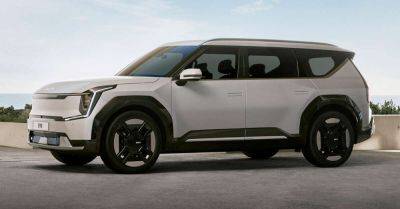Here's Why the GR Corolla's AWD System Is Bizarre
Of the modern hot-hatch crop, the Toyota GR Corolla remains the strangest of the bunch. While everyone else uses four cylinders and only a single driven axle (save for the Subaru WRX), the GRC’s three-banger and its strengths are well publicized. But what is truly strange about the GRC is its unconventional all-wheel drive system. Here's exactly how it works.
The high level breakdown is that the GRC uses an AWD system that’s identical in layout but completely unlike its contemporaries in execution. Its layout is fairly standard: A transverse engine out front feeding a transaxle that leads into a transfer case that sends power to a rear differential. Externally, it’s closest to a Volkswagen Golf R, except that GRC’s transfer case doesn't have a clutch pack. Technically, the GRC doesn’t even have a center differential, and that’s where it takes a real left turn.
The nerds among you will know that the GRC also has a variable torque split AWD system, configurable from 60% front, 40% rear, 50/50, and 30% front, 70% rear. Conventionally, this torque split would be managed by a center differential with a clutch pack that manages the torque output to the secondary axle. For example, a Lancer Evo can go from 100% FWD to 50/50 based on the locking of its center diff. The two critical takeaways about a variable torque split is figuring out where the power primarily goes, and then moving the torque elsewhere. In the case of the Evo and GRC, power goes to the front axle first, making sending more than 50% power to the rear difficult.
Mitsubishi Motors
Mitusbishi Motors
Older Subaru WRX STIs, which used a completely different style of AWD, had a roughly 40/60 split. Subaru’s AWD is mechanically locked together, meaning the torque split is constant and determined by one thing: A gearing difference. With the STI, the rear was very slightly overdriven at the transfer gear that sends power to the rear of the car, while that slip was managed with the center differential. The GRC also uses a gearing difference, but instead of a center differential, it uses a clutch pack to take up the slip. That same clutch pack also determines the variable torque split.
Getting to the meat and







